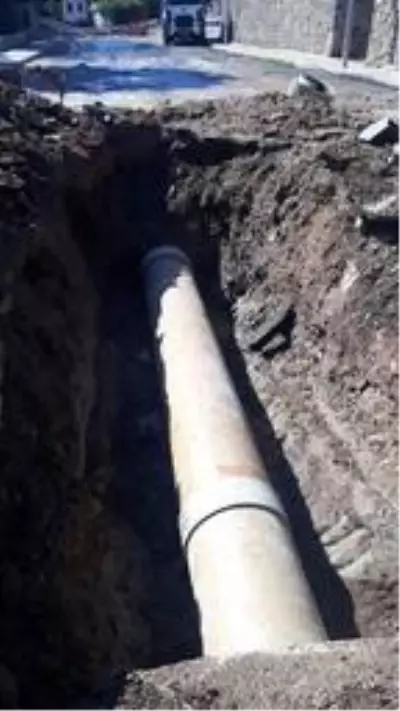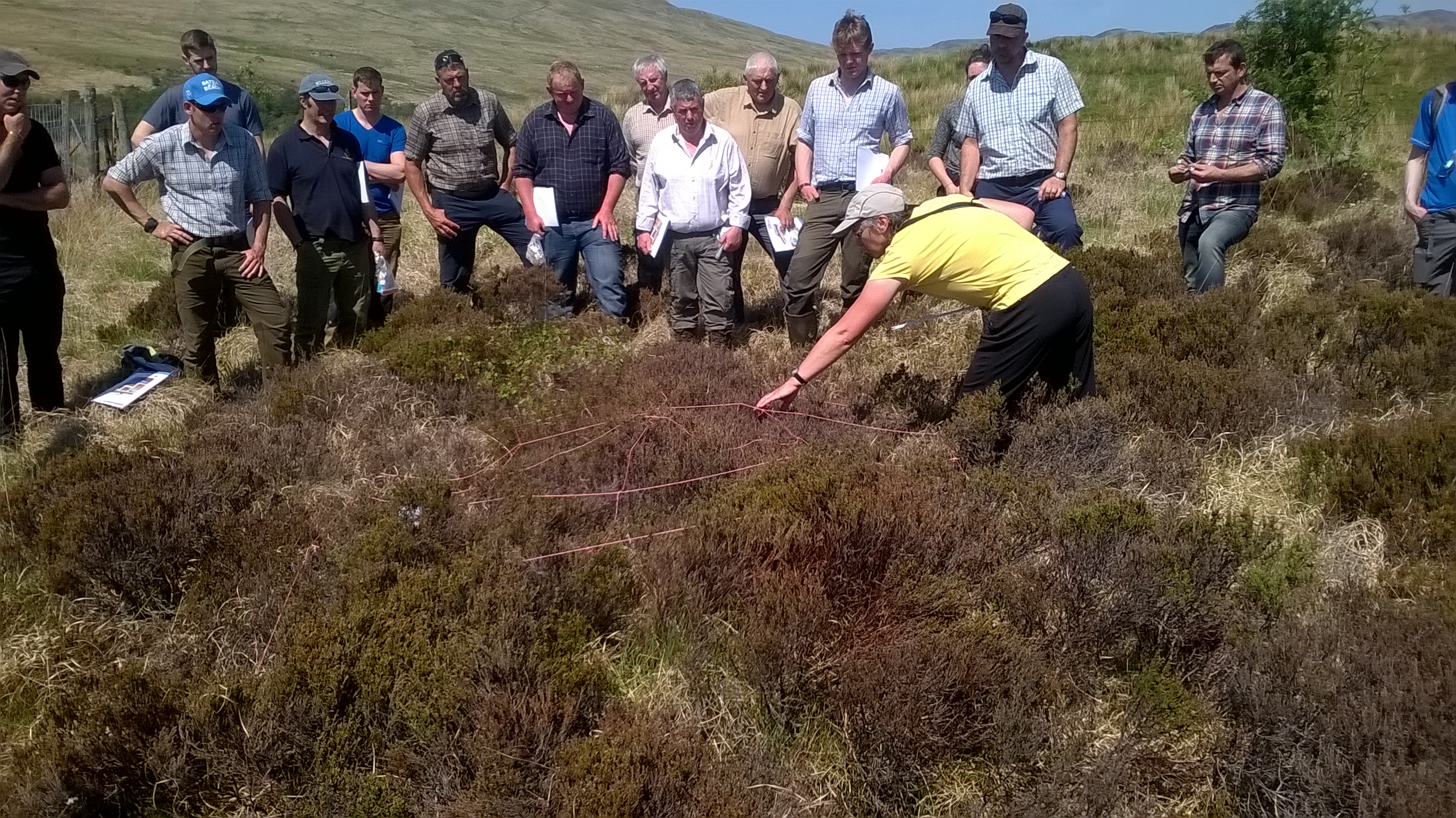
The models do not incorporate a description of the chaotic near-field tectonic disturbances (e.g., faulting and slope failures) and the generation of smaller tsunamis by these disturbances. These linked models seek to depict a complex set of events associated with the asteroid impact and to predict the pathways of propagation as applied to a world with very different sea levels, ocean gateways, and continental positions and boundaries. We discuss drawbacks of the models used, and the potential for improvements in future work in Section 5.4.

We pursue such a two-stage strategy in this paper. Modeling the impact tsunami requires a multi-stage simulation, with hydrocode modeling of crater formation and post-impact non-hydrostatic water waves, before hand-off of the solution to global shallow-water models.

The crater formation and post-impact ejecta splashing back into the ocean create highly non-linear and non-hydrostatic waves. Such models cannot be used to simulate the complex first 10 min of the Chicxulub impact tsunami when there was large-scale deformation of the crust and the formation of a crater (Morgan et al., 2016). Tsunami propagation has traditionally been simulated with shallow-water ocean models, which assume hydrostatic water pressure and a small depth-to-wavelength ratio. Most global tsunami simulations to date have been of tsunamis induced by underwater earthquakes, for instance, the 2004 Indian Ocean tsunami (Smith et al., 2005 Titov et al., 2005). Subsequent submarine landslides on the marine shelf (Gulick et al., 2008) could potentially increase the energy of this tsunami. Earlier tsunami simulations described the effects of the tsunami within the confines of the Gulf of Mexico (e.g., Matsui et al., 2002 Ward, 2012 see Ward for a more recent simulation extending beyond the Gulf of Mexico). Drilling cores from the Integrated Ocean Drilling Program (Gulick et al., 2016) and the International Continental Drilling Program (ICDP) corroborated the models (Collins et al., 2008) of the exact physical and geophysical nature of the crater and its peak ring which has facilitated detailed modeling of the impact (Morgan et al., 2016). The bolide impact caused global temperature fluctuations (Schulte et al., 2010), large aerosol plumes (Bardeen et al., 2017), large plumes of soot and dust (Brugger et al., 2017), wildfires from ejecta re-entering the atmosphere (Busby et al., 2002 Morgan et al., 2013), and a massive tsunami (Kinsland et al., 2021 Matsui et al., 2002). The impact of an approximately 14-km diameter asteroid is implicated in the Cretaceous/Paleogene (K-Pg) mass extinction (Schulte et al., 2010) approximately 66 Ma ago. The distribution of erosion and hiatuses in the uppermost Cretaceous marine sediments are consistent with model results.

Flow velocities exceeded 20 cm/s along shorelines worldwide, as well as in open-ocean regions in the North Atlantic, equatorial South Atlantic, southern Pacific and the Central American Seaway, and therefore likely scoured the seafloor and disturbed sediments over 10,000 km from the impact origin. The impact tsunami was up to 30,000 times more energetic than the 26 December 2004 Indian Ocean tsunami, one of the largest tsunamis in the modern record. We use a hydrocode to model the displacement of water, sediment, and crust over the first 10 min, and a shallow-water ocean model from that point onwards.

Here we present the first global simulation of the Chicxulub impact tsunami from initial contact of the projectile to global propagation. This asteroid struck in shallow water and caused a large tsunami. The Chicxulub crater is the site of an asteroid impact linked with the Cretaceous-Paleogene (K-Pg) mass extinction at ∼66 Ma.


 0 kommentar(er)
0 kommentar(er)
